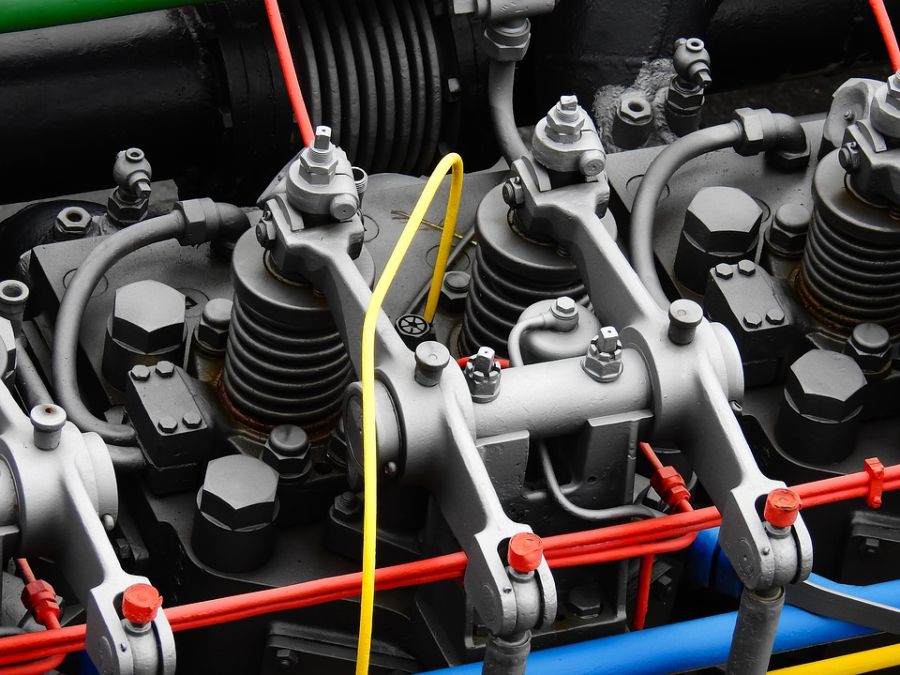Known to Cummins for all the execution potential and documented endurance of the B series Cummins, various people neglect its flaws point diesel newborns. It is particularly precise for those starving to get their grips on one of these fabulous inline-six mills. Though its mistakes are minor, these engines have infrequent major inherent catastrophic defeats at hand.
For instance, did you apprehend that a 10% dual-pin can damage an ’89 to ’02 engine in a resolution of seconds? Or the invariable break chunk position that disperse with the ’99 -’01 tales? And what respecting all the blasted head studs difficulties disturbed by 6.7L?
1. Killer Dowel Pin (KDP)
The Problem:
Due to its capacity to trash a motor absolutely, the killer dowel pin is at the pinnacle of our Cummins list of flaws. An inadequate steel dual pin for the engine’s timing gear installation was pushed into the ’89 to ’02 millhouse check in the attachment line.
When it drops, the small dual-pin ordinarily reaches the cam gear and can then drag in both the needle pump and the crackpot, ultimately building a 10-racking division. Cherish, if it stretches out the cam gear, the plungers will reach the valve, possibly bringing the trashed head and chunk.
If you’re fortunate, the dowel pin entirely circumvents the cam, bend, and needle pump gears. It converts it into a secure oil pan. The third conceivable outcome is pitting the dual-pin straight reverse the cam gear beneath it. The cam gear will drive the dowel pin into the timing gear installation, created from aluminum.
The Solution:
If you want to exclude the chance of achieving the KDP situation, it is best to speak the issue’s head. Obtaining the KDP implies stretching the timing gear installation; this intimates everything from the engine’s front. Along the way, you’ll require a timing gear installation gasket and a metal tab to exist your dowel pin in place.
2. Stroke of Death
The Problem:
With long-stroke and fast-spooling variable geometry turbochargers, the 6.7L Cummins assembles lower-RPM cylinder stresses than its 5.9L antecedent. The 6.7 Cummins head studs use a more moderate canopy space between the cylinder and the tunics.
Instantly embed all of the above collection and then release a programmer into the mix. You begin to perceive why head studs bust at ’07 .5 is a conventional 5 – modern Ram truck.
The Solution:
An age-old solution to the 6.7L Cummins head studs obstacles survives: run a more reliable head-to-block bar. ARP head studs must go for this purpose, and industry head bolts render much more clamping pressure than they can.
3. Common-Rail Injector Failure
The Problem:
While not fundamentally a fatal failure, it is frustrating for Cummins proprietors who have transformed from old mechanical engines to new common-rail models. Instead of considering repairing an injector once on an azure moon, several proprietors shell out $2,000 to $3,000 per 140,000 miles for new injectors.
Not only are there no more moving parts, but many injection cases are completed in the flaming performance, and the injectors perceive more tension than previously. Most importantly, ordinary-rail injectors practice very stringent interior extents, delivering them highly dogmatic of contaminated fuels.
The Solution:
The most apparent corrosion features in a common-rail injector accommodate its ball position and vent gauge seat. Although we do hold a touch, the aftermarket tune that connects the columns after the pilot discussed above and the needle can decrease the number of work cycles that injectors ingest.
As much as there are obstacles in restricting fuel infection, there are multiple areas for advancement in the province. First, always refill attribute fuel from a reliable source, add an aftermarket fuel supply system with filters rated at 10 microns or less. And displace the fuel filter and water separator at the suggested interludes.

